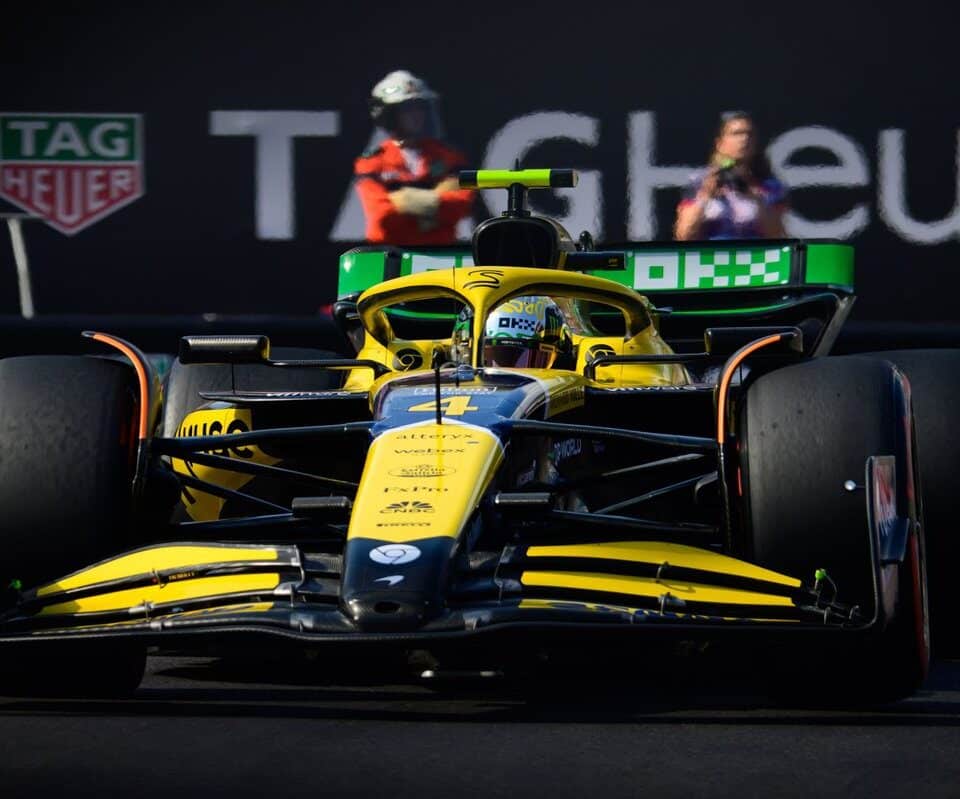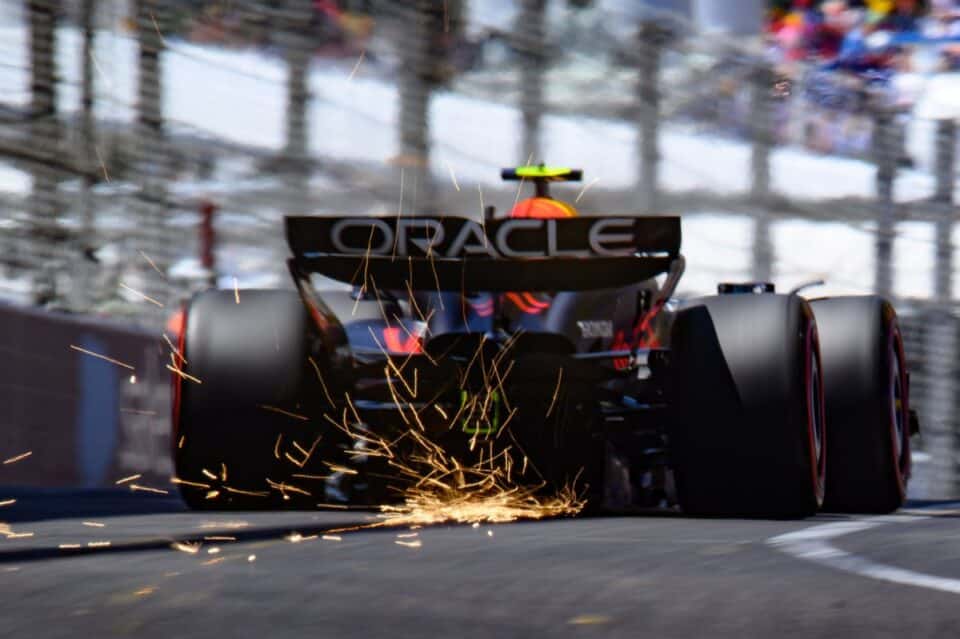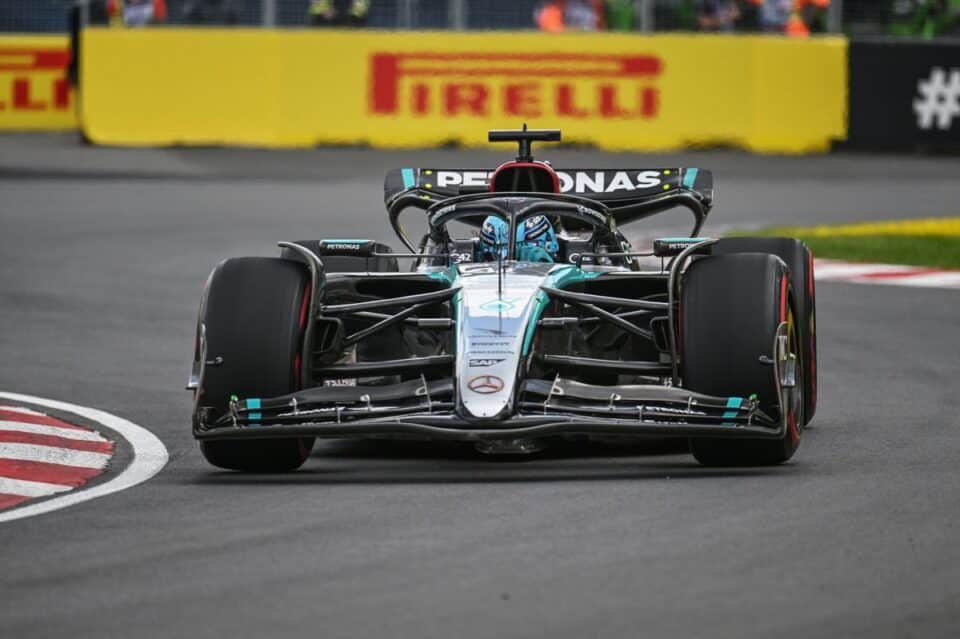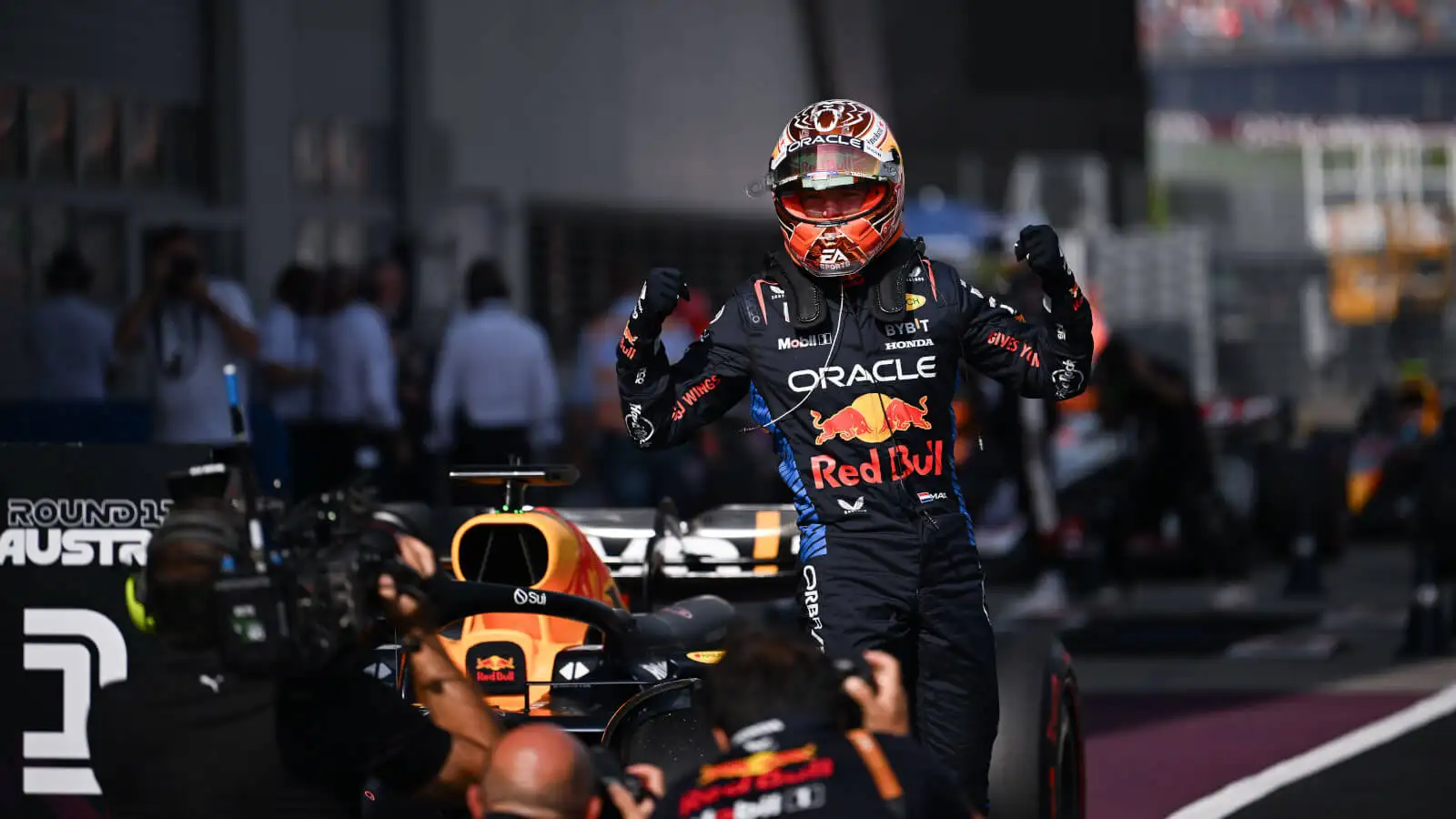McLaren’s latest upgrade to its MCL38 F1 car has delivered more success than anticipated, leaving the team both delighted and puzzled. The major development step introduced at the Miami Grand Prix not only helped Lando Norris to secure his maiden F1 victory but also continued to produce remarkable results in subsequent races.
After debuting the upgrade, Lando Norris clinched a second place at the Emilia Romagna Grand Prix, while his teammate, Oscar Piastri, finished runner-up in Monaco. These achievements have elevated McLaren into serious contention for race wins. However, the team is still trying to understand why the enhancements have been so effective.
Team principal Andrea Stella mentioned that getting to grips with this unexpected boost is crucial for future car developments. He explained that the car is delivering more downforce in all conditions than initially expected, especially excelling in low-speed scenarios.
“What we see and what we expected is just more downforce in all conditions,” Stella noted. “But the car, compared to what we expected, seems to be well-behaved also in low-speed – possibly slightly more than we anticipated based on our development tools, which is good news.”
These improvements seem to stem partly from increased driver confidence, allowing Norris and Piastri to push their limits. Yet, there are technical aspects that McLaren needs to identify to capitalize on this unforeseen advantage.
“This aspect of the upgrades possibly working slightly better than expected is kind of across the map,” Stella continued. “It’s not specific to low-speed. For us, it’s still an open point as to why the car now seems to be pretty decent in low-speed. And we don’t want to jump to conclusions too early because it’s pretty fundamental that we derive the most precise answer to this question.”
Stella also clarified that the performance gains aren’t due to discrepancies between factory and track data. The downforce gain aligns with their projections, but the real-world lap-time improvements have exceeded simulations, providing McLaren with more than just theoretical gains.
“You do your simulation and you think you will gain X. But it looks like you gain X plus a little bit. So, it’s not about the correlation between development and trackside. It is more that the premium from a lap-time point of view seems to be slightly bigger than what you would simulate.”
Determining the exact reasons behind this unexpected performance boost is a key opportunity for McLaren. By understanding and leveraging these insights, the team aims to sustain and possibly enhance its competitive edge in the current F1 season.
Source: Motorsport










